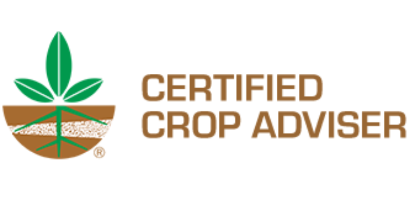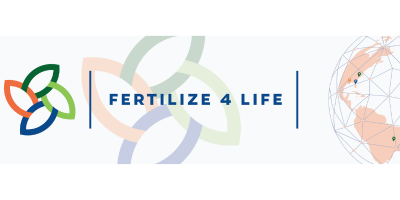Current Research
Research and Extension Program Goals
The research goals of the Matcham lab include identifying nutrient management strategies that improve farm profitability and reduce environmental risk. While we work on a large range of cropping systems and essential nutrients, many of our ongoing projects are focused on potassium and nitrogen management for peanut, silage corn, and hay production.
Projects
Site-Specific Nutrient Management
The project focuses on benchmarking the methods used by certified crop advisors (CCAs) in Florida cropping systems to make site-specific nutrient management (SSNM) recommendations. This entails evaluating current practices, establishing a minimum data set for future trials, compiling a glossary of relevant terms to SSNM, and developing a generic decision matrix based on the 5Rs stewardship concepts. The aim is to improve nutrient management strategies tailored to the diverse crops and conditions found in Florida.
Read more about our SSNM project here!
Fertilize 4 Life
Fertilize 4 Life is a multi-national collaboration between the University of Florida IFAS, the Brazilian Agricultural Research Corporation (EMBRAPA), the USDA Agricultural Research Service (ARS), the International Fertilizer Development Center (IFDC), and the USDA Foreign Agricultural Service (FAS) that focuses on research related to the effectiveness of fertilizer use between the USA and Brazil. The outcomes of this project are to increase fertilizer-use efficiency, reduce dependency on imports, mitigate the amount of greenhouse gas emissions from agriculture, and provide solutions to sustainability in agricultural systems.
Read more about the F4L project here!
Impact of Rate and Source of N and K Fertilizers on Yield, Nutritive Value, and Profitability of Bermudagrass and Bahiagrass Hay Production in Sandy Soils of North Florida Project
This research and extension project aims to evaluate the effect of slow-release sources of Nitrogen (N) and Potassium (K) at three fertilization rates on nutrient use efficiency, yield, nutritive value, and profitability of Bermudagrass and Bahiagrass hay production in sandy soils of North Florida. Results will enable farmers to use sources and rates of N and K that better optimize hay production and its nutritive value. We would like to thank the Florida Cattle Enhancement Board for funding this project!
Potassium Acetate Foliate Fertilizer for Peanut Production
The main objective of the project is to evaluate the impact of different rates of potassium foliar fertilizer on the yield and grade of peanut. We are using potassium acetate as our nutrient source since this category of fertilizers is a low salt index and is increasing in popularity in US crop systems.
Quantifying the Least Limiting Water Range (LLWR) in Three Soil Types Used for Sugarcane Production in Florida
This project aims to calculate the least limiting water range (LLWR) for three sugarcane fields in Florida with mineral, transitional, and organic soil types. The LLWR is a comprehensive soil physical quality indicator that estimates the combined effects of nonthermal soil physical properties including soil water retention, soil penetration resistance, air-filled porosity, and bulk density on crop productivity. Establishing this knowledge can help growers fine-tune their water management decisions to improve sugarcane yields in Florida.
Using Soil Color to Predict Florida Sugarcane Yield and Quality
This project will determine whether soil color can be used to predict sugarcane yields in production fields with mineral, transitional, and organic soil types. Soil color is a distinguishing feature of soils that can be easily differentiated in the field and is strongly influenced by the amount of organic matter in the soil matrix. Soil organic matter is a major indicator of soil fertility, and fields higher in organic matter produce greater sugarcane yields than fields lower in organic matter. If successful, soil color can be investigated as a method for delineating management zones in Florida sugarcane production to facilitate site-specific management practices.
Evaluating the Effects of Biogeochemical Variability of Florida Soils on Sugarcane Yield and Quantity
This project aims to characterize the variability of soil biological, chemical, and physical properties in Florida soils and their influence on sugarcane yield and quality. Systematic characterization of soil variability can empower Florida’s sugarcane growers to make more informed management decisions including those related to variety selection, fertilizer inputs, and irrigation scheduling.
Evaluating Thresholds and Management Practices to Alleviate Zinc Toxicity in Florida Peanut Production
Existing zinc recommendations help identify crops that benefit from additional zinc but fall short in pinpointing those at risk of excessive zinc levels. Given Florida's significance in peanut production and the prevalence of zinc deficiency in sandy soils, the project aims to develop new management recommendations. This includes calculating toxicity thresholds for peanuts at different pH levels and providing liming recommendations for high-zinc soils with pH levels below 7. The goal is to benefit peanut producers in North Central Florida and improve overall crop management practices.
